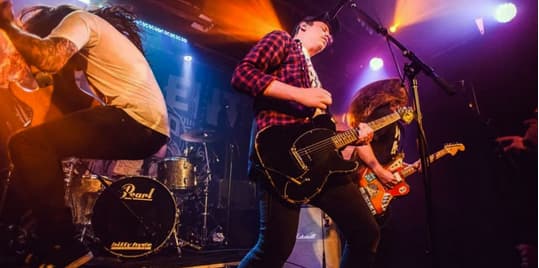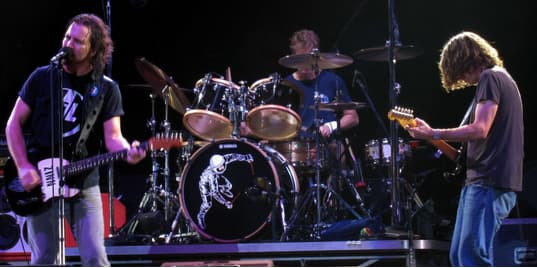How 90s Grunge Revolutionized Guitar Sound
The grunge scene of the 90s didn’t just shake up rock music—it gave the guitar a whole new attitude. Guitarists like Kurt Cobain and Jerry Cantrell traded perfection for emotion, using distorted power chords and down-tuned guitars to express the angst of a generation. This shift didn’t just make noise in the 90s—it’s still echoing through rock music today, inspiring modern guitarists to keep it real and raw.
The Origins of Grunge
Grunge didn’t just appear out of nowhere—it started brewing in the late 80s, deep in Seattle’s underground music scene. At the time, the city was a melting pot of different sounds, pulling from punk, heavy metal, and indie rock. Bands were tired of the flashy, overproduced music dominating the airwaves and wanted something more real that reflected everyday life’s grit and frustration. It wasn’t just about perfect riffs or technical solos—grunge was about capturing raw energy. The music had a DIY attitude, with bands recording in local studios and performing in small, dingy clubs.
When Nirvana’s Nevermind dropped in 1991, the grunge sound had officially broken into the mainstream. The album’s success catapulted Seattle to the center of the music world, and suddenly, this raw, unfiltered style was everywhere. Grunge wasn’t just another rock subgenre—it was a cultural movement that resonated with a generation looking for something different and felt more authentic than the polished sounds of the 80s.

Grunge Guitar Style and Techniques
In contrast to the polished, technical guitar solos that defined the 1980s, grunge guitarists embraced simplicity and a sense of imperfection. The signature sound of grunge came from heavy distortion, fuzz, and down-tuned guitars that gave the music a darker, heavier tone. Power chords—simple but loud and impactful—became a staple in grunge songs, creating the wall of sound that made the genre so distinct.
Effects pedals played a huge part in shaping the grunge guitar sound. Guitarists like Kurt Cobain heavily used distortion and fuzz pedals, creating a gritty, chaotic sound that matched the raw emotion in their music.
Feedback and noise, which most musicians tried to avoid, were used intentionally to add texture and unpredictability to their playing. Cobain, for example, would often embrace the imperfections, allowing screeches and buzzing tones to bleed into his performances, making it clear that grunge was never about being neat or perfect.
Another key element was down-tuning the guitars, typically by a half or full step, which gave the music a deeper, heavier sound. This technique added to the sad and brooding vibe that became a hallmark of grunge, especially in songs from bands like Alice in Chains and Soundgarden.
While solos weren’t the focus, when they did happen, they were often simple and melodic rather than showy or complex. The goal wasn’t to impress with technical prowess but to amplify the song’s emotion. In grunge, the guitar was more about creating a mood and delivering a punch of raw feeling than it was about playing perfectly polished solos.

Lasting Legacy of Grunge on Modern Guitar Sound
Today, you can still hear echoes of grunge in the music of countless bands, whether it’s the heavy distortion, the use of power chords, or the emotional depth of the playing.
Modern alternative and indie rock bands like Foo Fighters, Queens of the Stone Age, and even Arctic Monkeys have embraced the gritty, straightforward guitar sound that grunge popularized. Many contemporary musicians continue to emphasize emotion over technical perfection, rejecting overly polished production styles in favor of something more real and relatable.
The DIY grunge ethos also lives on, especially in the indie music scene, where many guitarists prioritize authenticity over complexity. Grunge made it okay to let your imperfections show, and that sense of vulnerability has influenced how many modern guitarists approach their music.
Even beyond rock, genres like pop and hip-hop have seen artists incorporate the grunge guitar aesthetic into their music. Grunge’s raw energy and emotion fit perfectly with the resurgence of guitar-driven sounds in genres you wouldn’t typically associate with.
In short, grunge didn’t just change the guitar sound of the 90s—it opened the door for a more emotional, authentic approach to playing that continues to resonate with musicians and fans alike. Grunge’s spirit of imperfection, focusing on mood over mastery, has permanently impacted how guitarists think about and create music today.
